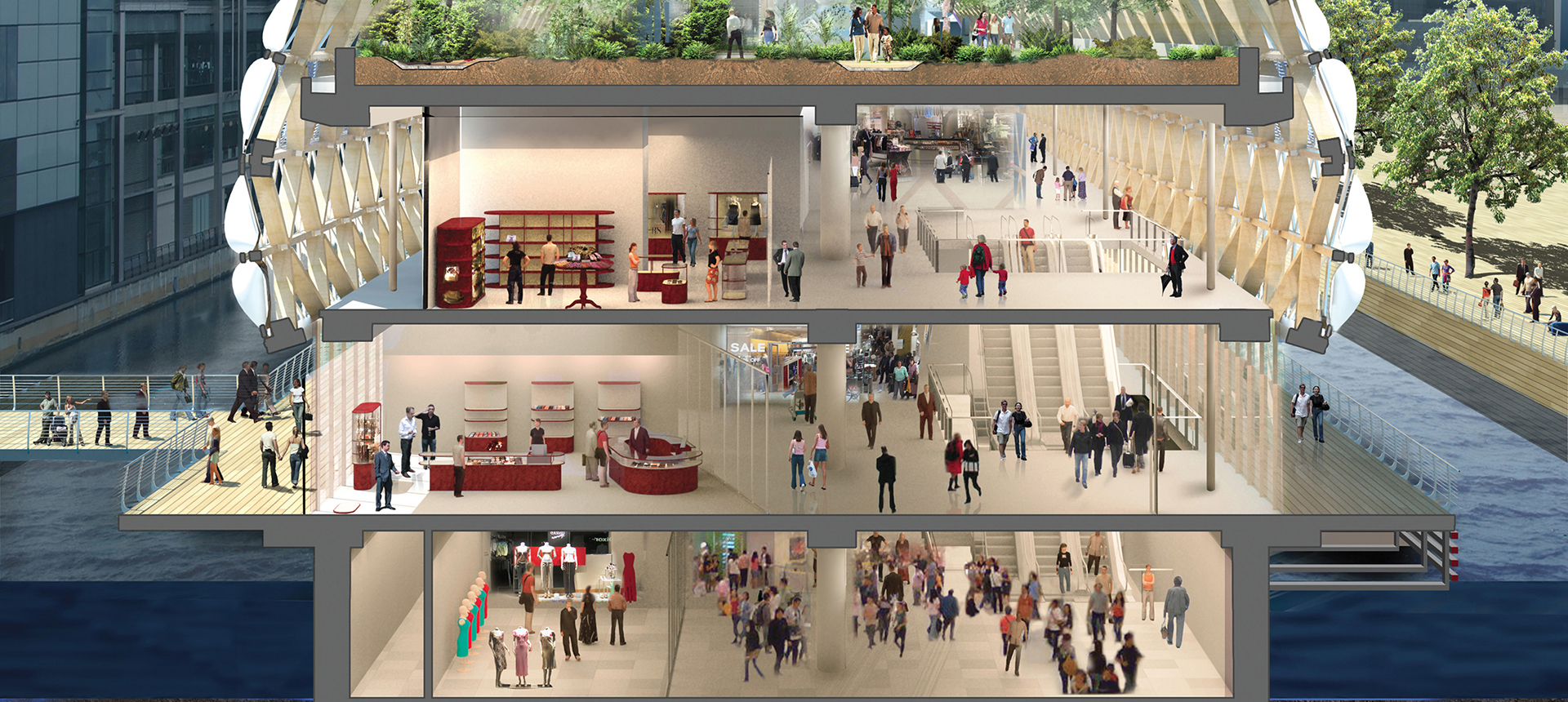Canary Wharf Box
Hanson UK is already involved in the development of the new Crossrail station at Canary Wharf.
Concrete mix design:
- Low heat and low carbon (ie CO2) concrete.
- High usage of Regen (GGBS) (ie 70% replacement in piling).
- Low permeability and watertight concrete.
- Practical concrete for DC-4 (one of the highest) Aggressive Ground Conditions.
Application expertise:
- 70% of raw materials river-fed.
- Sizeable reduction in lorry movements.
- Further reduction in carbon footprint.
- Split shift to meet service/building requirements of LOR.
- Association with Canary Wharf over 10 years through high rise development.
- Maximised the use of quality and sustainable materials such as Regen (GGBS), which is described as ‘excellent’ within the current BRE Special Digest 1 for use within Aggressive Ground Conditions.
More about Regen
Regen is Ground Granulated Blast furnace Slag, commonly known as ‘GGBS’.
It is a cement substitute, manufactured from a by-product of the iron-making industry.
Using one tonne of Regen in concrete reduces the embodied CO2 by around 850kg, compared to using one tonne of Portland Cement. It also increases the concrete’s durability and is more sustainable than other cement substitutes such as Fly Ash.
In the UK, GGBS is usually supplied as a separate component for concrete and is added at the concrete mixer.
It can replace 70 per cent or more of the Portland cement. In British Standards, GGBS is referred to as an ‘addition’ and counts fully towards the cement content in concrete.
Regen conforms to BS EN 15167-1 “Ground Granulated Blast furnace Slag for use in concrete, mortar and grout” and is available throughout the UK, accompanied by a full technical and logistical support package.
Location
Canary Wharf(United Kingdom)
